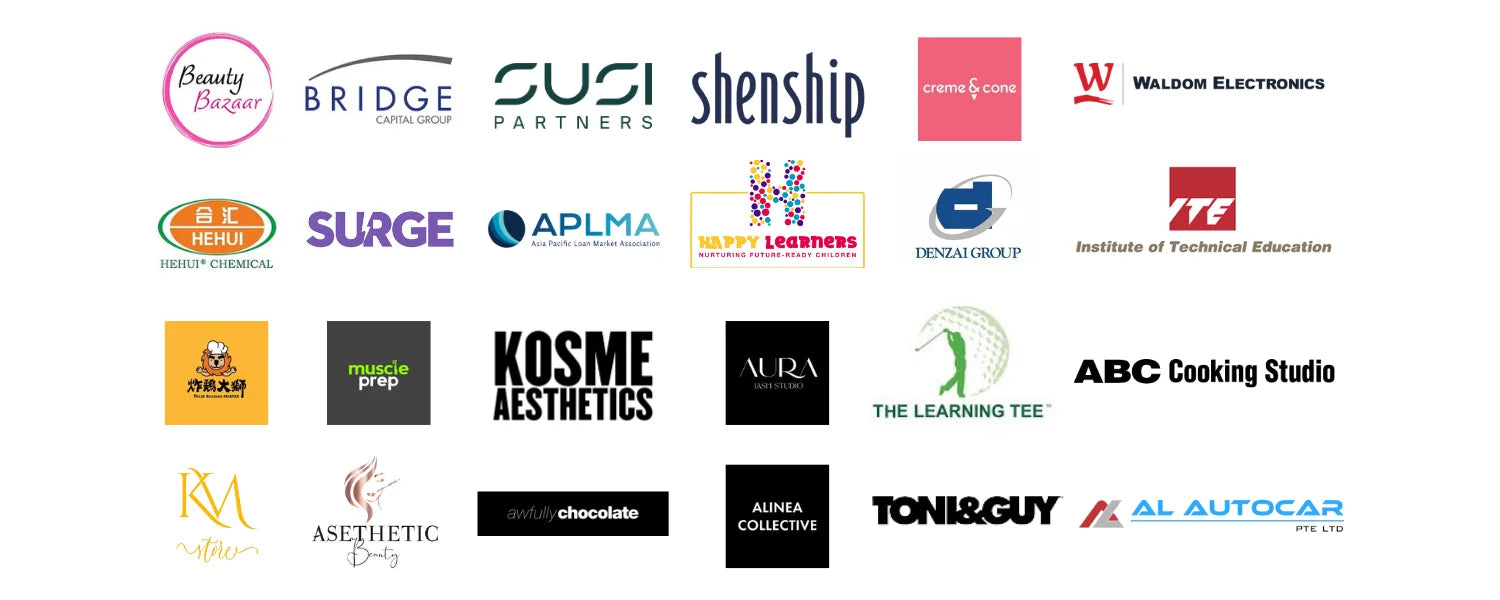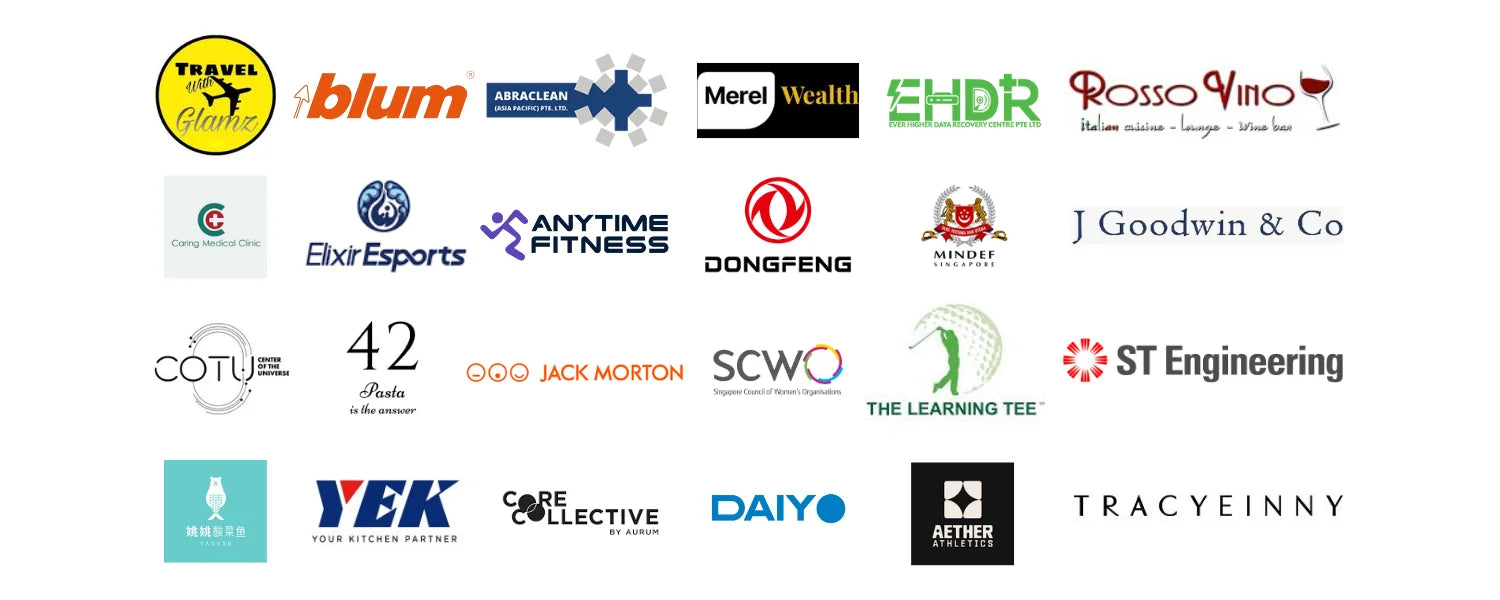Different Signage Comparison: Choosing the Right Fit for Your Business
Signage plays a crucial role in branding, attracting customers, and enhancing visibility. With so many options available, choosing the right type can be overwhelming. In this comprehensive guide, we'll explore a different signage comparison to help you make an informed decision for your business.
1. Types of Signage
Different types of signage serve different purposes. Here are some popular options:
- Indoor Signage: Used inside businesses for directions, promotions, or branding.
- Outdoor Signage: Designed to attract and inform pedestrians and motorists.
- Digital Signage: Electronic displays for dynamic advertising and information sharing.
- Vehicle Graphics: Mobile advertising placed on company vehicles.
- Banner Signage: Temporary or promotional signs ideal for events and sales.
2. Materials Used in Signage
The material of your signage affects its durability, appearance, and cost. Common materials include:
- Acrylic: Modern and sleek; ideal for indoor signage.
- Aluminum: Durable and weather-resistant; great for outdoor use.
- Vinyl: Affordable and flexible; perfect for banners and window graphics.
- Wood: Offers a rustic, classic look, mainly for boutique and hospitality sectors.
- LED Panels: Used in digital signs for high visibility, especially at night.
3. Comparing Costs of Different Signage
Budget is a major factor. Here's a basic pricing comparison:
- Indoor Signs: $100 - $2,000 depending on material and size.
- Outdoor Signs: $200 - $5,000+ depending on complexity.
- Digital Signage: $1,000 - $10,000+ because of hardware and software costs.
- Vehicle Graphics: $500 - $5,000 depending on graphic coverage.
- Banner Signage: $50 - $500 depending on size and material.
4. Durability and Maintenance
Different signage options offer varying durability levels:
- Outdoor Signs: Need to withstand elements; aluminum and treated wood are robust options.
- Indoor Signs: Typically low maintenance with long lifespan if placed in stable environments.
- Digital Signs: Require regular software updates and hardware maintenance.
- Banners: Intended for short-term use, may deteriorate quickly outdoors without UV protection.
- Vehicle Graphics: Last for years with proper care and washing.
5. Aesthetic and Branding Considerations
Design plays a vital role in making signage effective. When choosing signage, consider:
- Color schemes that match your brand identity.
- Font readability from various distances.
- Lighting options for enhanced visibility at night.
- Shape and size to fit the location and purpose.
FAQ
What are the most durable signage materials?
Aluminum and treated wood are among the most durable for outdoor use, while acrylic performs well indoors. Digital LED signs also have extended lifespans when properly maintained.
How much does custom signage usually cost?
Custom indoor signs can start around $100, while more complex outdoor or digital signs can exceed $10,000. Costs vary based on size, material, design complexity, and installation requirements.
Is digital signage better than traditional signage?
Digital signage offers dynamic content updates and interactive capabilities, making it highly effective for certain businesses. However, traditional signage is often more cost-effective and better for static branding needs.
What type of signage is best for a retail store?
Combination signage works best — an outdoor sign to attract foot traffic and indoor signage for navigation and promotions. Digital displays can further enhance in-store engagement.
How often should signage be replaced?
Static signage can last several years if maintained well. Banners might need replacing annually for outdoor use. For digital signage, hardware updates and software upgrades are recommended every 3-5 years.
Want expert help selecting the best signage for your business? Contact us today and let's bring your vision to life!







